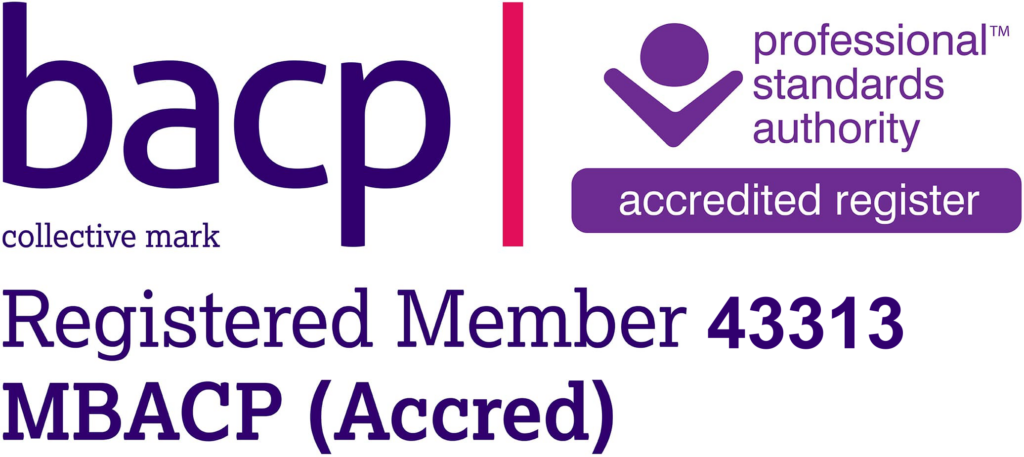
Navigating waves of anxiety, can feel like an uphill battle. The idea of breathing techniques for anxiety may sound plausible in the abstract – when you’re reading a blog post – but in the moment, when you’re actually experiencing the anxiety, it can seem ridiculous. How could something as simple as breathing differently, change how you feel and calm the overwhelming sense of unease?
In the heat of the anxious moment, it can seem like everything is out of control. Feeling out of control often leads on to avoidance habits, since they give the illusion of being in control. An avoidance habit might be staying in bed with the curtains drawn, or it might be over-eating or drinking. It might mean phoning up friend after friend, pumping them for reassurance. Or it might simply mean a wallow in your favourite series on Netflix.
Avoidance habits seem to work, but they only do so temporarily and by limiting your life. They actually mean sticking your head in the sand, hoping that the storm will pass.
How Breathing Techniques for Anxiety Can Help
Breathing techniques won’t change everything, but they are a start. They are a way of taking back some small measure of control.
Done right, these techniques really will help you calm down. Done regularly, they should help you lower your day-to-day levels of anxiety, so that you can manage your life more comfortably. We all have ups and downs in our moods – that’s just part of being human. But when the moods feel out of control, then it’s time to do what you can to change things.
Before we dive into the ins and outs of breathing techniques, it’s important to dispel a common misconception. Maybe you’ve heard that to do breathing techniques effectively you need to be particularly ‘Zen’. Or that you need to somehow stop thinking at all. Actually, you don’t need any special skill. You don’t need to be ‘good at meditation’ or be a seasoned yogi.
These techniques are accessible to everyone, regardless of prior experience or perceived ‘serenity levels’. They are practical tools, that can be easily integrated into your daily life, no matter how chaotic your life may seem. They don’t need a big time commitment either, but they do need to be done regularly. Even a few minutes once or twice a day will reap benefits and make a difference to your overall sense of well-being.
Diaphragm Breathing: A Foundation of Calm
Deep diaphragmatic breathing, is the first technique and it’s simple yet powerful. It involves breathing into your solar plexus area, just above your stomach, so that you engage the diaphragm. That’s the large muscle separating the chest and abdomen.
To get started, find a quiet space and sit or lie down comfortably. Place one hand on your chest and the other on your abdomen. Inhale slowly through your nose, allowing your diaphragm to expand and your abdomen to rise. Exhale gently through your mouth, feeling the release of tension. Don’t hurry or try to over-breathe. It’s a calm and slow way of breathing. It may help to count to three in your mind as you breathe in. Then just let the air move out slowly, by itself. Do it for a few minutes, preferably twice a day, in the morning and evening. Doing it once will make you feel immediately calmer. Make it a habit and it’ll be a small but significant step towards achieving greater control over how you feel.
Mindful Box Breathing for Anxiety: Unwind the Knots Within
Mindful box breathing for anxiety, is also known as square breathing. It’s the second simple yet effective mindfulness technique. The process involves inhaling, holding the breath, exhaling, and pausing. These four elements are done in a rhythmic pattern and the pattern forms a metaphorical ‘box’. It’s a deliberate and focused way of breathing. You can count in your mind as you go – the counting helps since it takes your mind off whatever has triggered your anxiety in the first place.
To get started with mindful box breathing, find a comfortable seated position. Inhale deeply for a count of four, allowing your lungs to fill with air. Hold your breath for another count of four, maintaining a sense of stillness. Exhale slowly for four counts, imagining you are releasing tension and stress. Finally, pause for another count of four, between breaths, before beginning the cycle again.
The beauty of mindful box breathing lies in its simplicity and you can adapt it to different situations. It can be done when you are sitting at your desk or lying in bed. Again, my advice would be to practice it regularly at first and you can set an alarm on your phone so that you remember to do so. Once you’ve got used to the breathing technique, use it as a tool that you bring out whenever you feel your anxiety building.
Guided Imagery Meditation: Nurturing Serenity
Guided imagery meditation isn’t exactly a breathing technique for anxiety, but it is very useful. It brings together visualisation and mindfulness. This time you’ll need to be alone and somewhere safe and quiet to do it.
To get going with a guided imagery meditation, set a timer for about ten minutes. Begin by finding a quiet and comfortable space, free from distractions. This could be lying on the carpet, on your bed or on the sofa. Close your eyes and imagine a peaceful and serene place. It could be a tranquil beach, a lush forest, or any location that brings you a sense of calm. Breathe deeply as you mentally explore this space, immersing yourself in the sights, sounds, and sensations. Enjoy the feelings of being there. It may be that you spend the entire ten minutes simply lying on the imaginary beach. Or walking in the shallows and feeling the water around your ankles. There’s nowhere you have to get to. It’s often good to focus on small things, like the feel of the water, or how a leaf looks.
If you would like to explore this technique further, there are many guided visualisations on Insight Timer.
Your Next Steps to Calmness and Control
These three breathing techniques for anxiety will help you find more of a sense of calm. They are things that you can do, without having to rely on anyone else, so that you feel more in charge of yourself and your inner world.
To recap. Take a few minutes twice a day to do the deep diaphragmatic breathing. Practice the mindful box breathing regularly at first and then bring it out as a useful tool whenever you feel you need to. For the guided imagery meditation, you’ll need some quiet time, but do that regularly too to feel the most benefit.
If you’d like to discuss your anxiety in more depth, do get in touch. I support individuals facing the challenges of anxiety and depression. I help them explore their problems and how they cope with them – or don’t. We look at patterns and seek ways to find greater tranquility. We also work out some tools to take away, to help manage difficult feelings if they crop up in the future.
Please see my contact page for more information.


